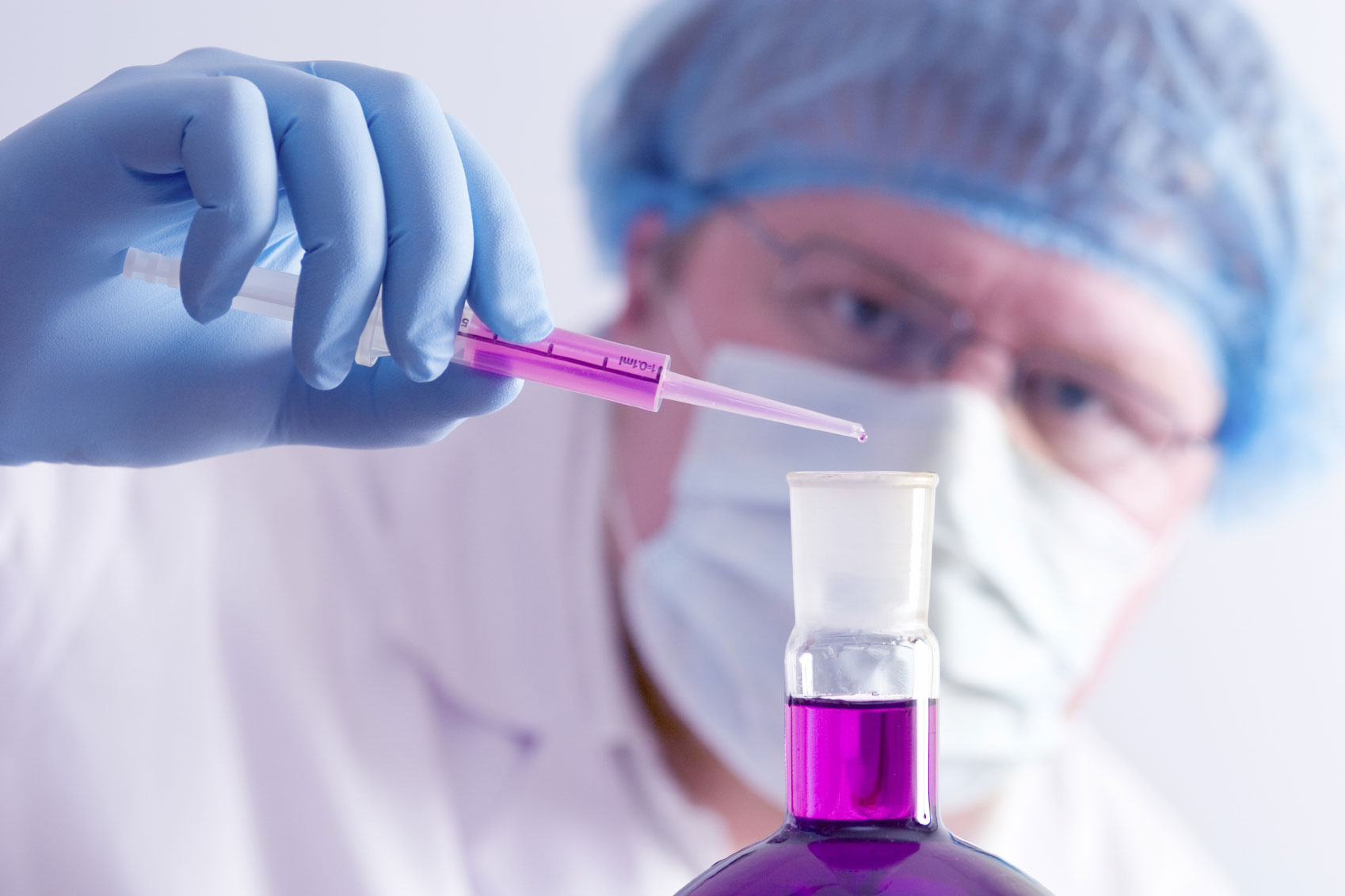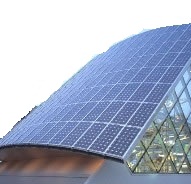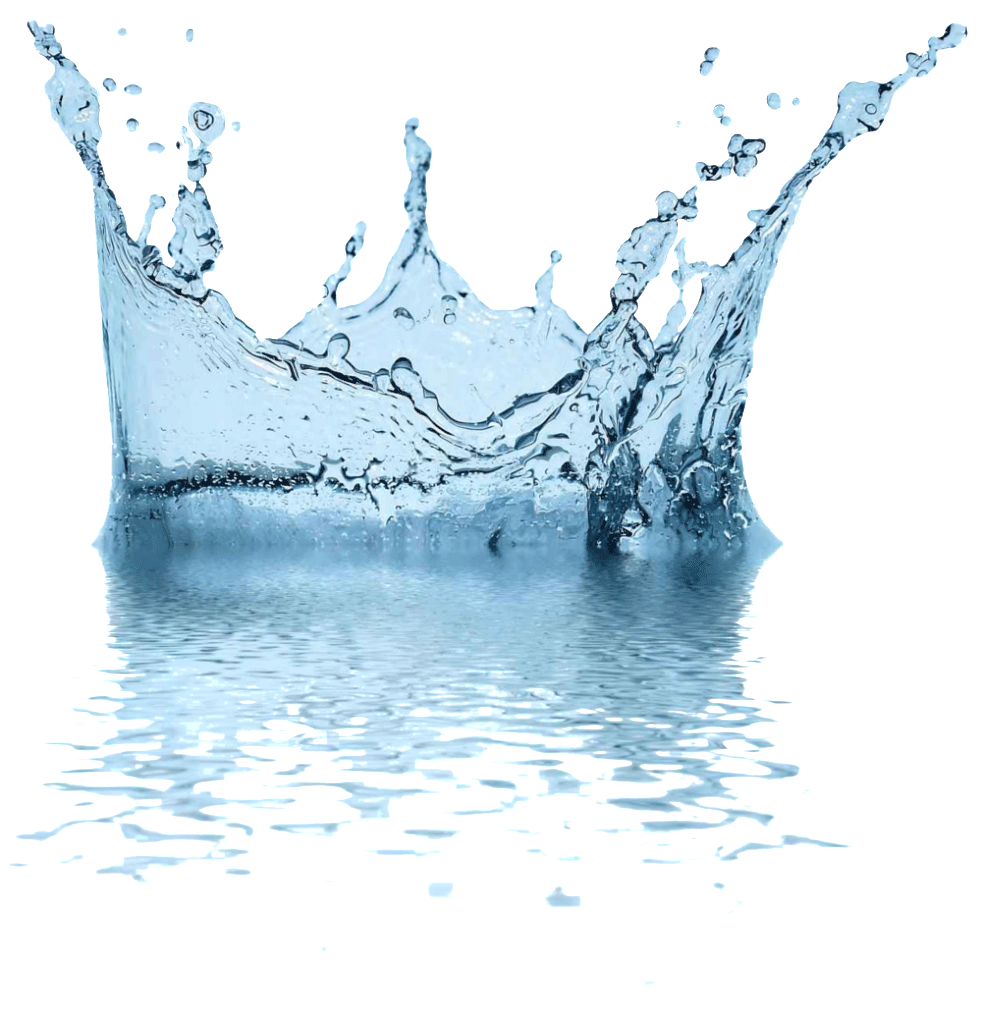The using of nanomaterials in the medical applications will be led to initiate or strengthen the integration between research (in science and medicine) and industries, which will increasingly benefit the human and life quality.
1-Nanomaterials for improving biomedical imaging and early diagnosis of diseases :

The project was funded by Industrial Modernization Centre (IMC) in 2010. This project focuses on using different engineered nanomaterials for improving the efficiency of current used biomedical Imaging, which had a great effect on the effective diagnosis in early stages. This project represents an opportunity in the adjoining fields of biomedical imaging and nanotechnology.Where the Increasing effort in biomedical imaging (or “bioimaging”, which includes functional and molecular imaging), and in molecular testing would be timely and lead to substantial advances in scientific research, clinical practice and healthcare. The development of novel technologies, and the increasing scientific understanding of the fundamental structures, processes underlying health, disease and therapy.
This project will offer development of the following:
- iNovel clinical applications of current technologies, e.g. through using nanomaterials which we will design and prepare within this project as a contrast agent and biomarkers of disease.
- Novel therapeutic method for cancer
- Novel or improved molecular testing and bioimaging technologies such as Photoacoustic tomography (PAT), allowing new methods for identifying the causes or early effects of disease
- Real time monitoring of the photothermal therapy and its action in tum
2-Nanomaterails as a super-Antiseptic and Antimicrobial :
Collaboration between Nanotech Egypt and Pharco Pharmaceuticals to produce a series of products based on new nanomaterails which have highly effective bacterial-killing and antiseptic properties. These products include Creams, gel, disinfectant, disinfectant spray, mouse wash,….etc.
3-Nanomaterials as a drug Carrier:
We are working with a team from National Cancer Institute to develop new series of drugs loaded into nanomaterials surface to increase the drug efficiency and decrease their side-effect. These drugs include antibiotic, chemotherapeutic drugs, and natural product drugs such as curcumin and other natural photosensitizers. In-vitro cellular toxicity and animal in-vivo studies to determine the effective dose, and the toxicity of the new drugs has been undergoing with highly qualified researcher from Cairo University and National Research Institute.
 The project was funded by Industrial Modernization Centre (IMC) in 2010. This project focuses on using different engineered nanomaterials for improving the efficiency of photovoltaic devices (i.e. Solar Cells and LED). This project also, focuses on fabrication of other optoelectronic devices such as Light Emitting Diode (LED), which is identified as a dominant new technology poised to realize the next generation of flat panel displays.
Nanotechnology enables us to design nanostructural semiconductors, metal-semiconductor nanocomposite and organic –inorganic hybrid, which open up new ways to design high efficiency energy conversion devices. This is brought by semiconductor nanomaterials which shapes and sizes can be controlled to give the highest efficiency by tuning their band gap to the solar intensity distribution. These new nanomaterials will be used to fabricate the highest possible efficiency of photovoltaic device to harness sunlight to generate low cost electric energy.
This project will offer development of the following:
The project was funded by Industrial Modernization Centre (IMC) in 2010. This project focuses on using different engineered nanomaterials for improving the efficiency of photovoltaic devices (i.e. Solar Cells and LED). This project also, focuses on fabrication of other optoelectronic devices such as Light Emitting Diode (LED), which is identified as a dominant new technology poised to realize the next generation of flat panel displays.
Nanotechnology enables us to design nanostructural semiconductors, metal-semiconductor nanocomposite and organic –inorganic hybrid, which open up new ways to design high efficiency energy conversion devices. This is brought by semiconductor nanomaterials which shapes and sizes can be controlled to give the highest efficiency by tuning their band gap to the solar intensity distribution. These new nanomaterials will be used to fabricate the highest possible efficiency of photovoltaic device to harness sunlight to generate low cost electric energy.
This project will offer development of the following:
- Developing photo-electrochemical solar cells using naturally available dyes
- Design and fabrication of photovoltaic devices with improved efficiencies, based on quantum dots prepared by colloidal methods
- Enhancing the photon-to-current conversion efficiency by in-cooperating metal nanoparticles in Plasmonic Solar Cells.
- Application of Graphene as the new material for transparent electrodes instead of conventional ITO./li>
- Optimization of metallic ink prepared from metal nanoparticles for back electrodes and connections in solar panels.
 The main goal of this project is to fabricate and test a composite of different concentration of plasmonic nanomaterials and Graphene to enhance the photothermal conversion which would enhance the rate of water vaporization. Also, modification of the Solar Still system using solar concentrator is one of our objectives. It is worth to mention that silver nanoparticles have super-antibacterial effect. This means that the obtained water is pure and clean not only from salt and impurities but also from all bacteria and microorganism. After optimizing the conditions in order to obtain maximum performance of the solar sill system using our nanocomposites, we will develop a method for large scale production of these nanomaterials. Also, a pilot plane of solar still will be built and tested using our nanocomposite.
New methodology which combines solar desalination and nanotechnology based on producing low cost nanocomposite to enhance the rate of solar thermal water desalination. These new nanomaterials absorb light so strongly and convert it efficiently into heat energy. If these new nanocomposite added to see water in simple solar still setup, they will increase dramatically the rate of water evaporization using sun light, the water vapor could be condensate, then collected and used as a pure water source. Simple solar still design has been developed in our laboratory to examine the concept of large enhancement of the rate of water desalination due to presence of efficient photothermal nanocomposite. Further work need to be done to optimize the material concentration and maximize the performance of our prototype of Solar Still
The main goal of this project is to fabricate and test a composite of different concentration of plasmonic nanomaterials and Graphene to enhance the photothermal conversion which would enhance the rate of water vaporization. Also, modification of the Solar Still system using solar concentrator is one of our objectives. It is worth to mention that silver nanoparticles have super-antibacterial effect. This means that the obtained water is pure and clean not only from salt and impurities but also from all bacteria and microorganism. After optimizing the conditions in order to obtain maximum performance of the solar sill system using our nanocomposites, we will develop a method for large scale production of these nanomaterials. Also, a pilot plane of solar still will be built and tested using our nanocomposite.
New methodology which combines solar desalination and nanotechnology based on producing low cost nanocomposite to enhance the rate of solar thermal water desalination. These new nanomaterials absorb light so strongly and convert it efficiently into heat energy. If these new nanocomposite added to see water in simple solar still setup, they will increase dramatically the rate of water evaporization using sun light, the water vapor could be condensate, then collected and used as a pure water source. Simple solar still design has been developed in our laboratory to examine the concept of large enhancement of the rate of water desalination due to presence of efficient photothermal nanocomposite. Further work need to be done to optimize the material concentration and maximize the performance of our prototype of Solar Still






 The project was funded by Industrial Modernization Centre (IMC) in 2010. This project focuses on using different engineered nanomaterials for improving the efficiency of current used biomedical Imaging, which had a great effect on the effective diagnosis in early stages. This project represents an opportunity in the adjoining fields of biomedical imaging and nanotechnology.Where the Increasing effort in biomedical imaging (or “bioimaging”, which includes functional and molecular imaging), and in molecular testing would be timely and lead to substantial advances in scientific research, clinical practice and healthcare. The development of novel technologies, and the increasing scientific understanding of the fundamental structures, processes underlying health, disease and therapy.
This project will offer development of the following:
The project was funded by Industrial Modernization Centre (IMC) in 2010. This project focuses on using different engineered nanomaterials for improving the efficiency of current used biomedical Imaging, which had a great effect on the effective diagnosis in early stages. This project represents an opportunity in the adjoining fields of biomedical imaging and nanotechnology.Where the Increasing effort in biomedical imaging (or “bioimaging”, which includes functional and molecular imaging), and in molecular testing would be timely and lead to substantial advances in scientific research, clinical practice and healthcare. The development of novel technologies, and the increasing scientific understanding of the fundamental structures, processes underlying health, disease and therapy.
This project will offer development of the following:
 The project was funded by Industrial Modernization Centre (IMC) in 2010. This project focuses on using different engineered nanomaterials for improving the efficiency of photovoltaic devices (i.e. Solar Cells and LED). This project also, focuses on fabrication of other optoelectronic devices such as Light Emitting Diode (LED), which is identified as a dominant new technology poised to realize the next generation of flat panel displays.
Nanotechnology enables us to design nanostructural semiconductors, metal-semiconductor nanocomposite and organic –inorganic hybrid, which open up new ways to design high efficiency energy conversion devices. This is brought by semiconductor nanomaterials which shapes and sizes can be controlled to give the highest efficiency by tuning their band gap to the solar intensity distribution. These new nanomaterials will be used to fabricate the highest possible efficiency of photovoltaic device to harness sunlight to generate low cost electric energy.
This project will offer development of the following:
The project was funded by Industrial Modernization Centre (IMC) in 2010. This project focuses on using different engineered nanomaterials for improving the efficiency of photovoltaic devices (i.e. Solar Cells and LED). This project also, focuses on fabrication of other optoelectronic devices such as Light Emitting Diode (LED), which is identified as a dominant new technology poised to realize the next generation of flat panel displays.
Nanotechnology enables us to design nanostructural semiconductors, metal-semiconductor nanocomposite and organic –inorganic hybrid, which open up new ways to design high efficiency energy conversion devices. This is brought by semiconductor nanomaterials which shapes and sizes can be controlled to give the highest efficiency by tuning their band gap to the solar intensity distribution. These new nanomaterials will be used to fabricate the highest possible efficiency of photovoltaic device to harness sunlight to generate low cost electric energy.
This project will offer development of the following: The main goal of this project is to fabricate and test a composite of different concentration of plasmonic nanomaterials and Graphene to enhance the photothermal conversion which would enhance the rate of water vaporization. Also, modification of the Solar Still system using solar concentrator is one of our objectives. It is worth to mention that silver nanoparticles have super-antibacterial effect. This means that the obtained water is pure and clean not only from salt and impurities but also from all bacteria and microorganism. After optimizing the conditions in order to obtain maximum performance of the solar sill system using our nanocomposites, we will develop a method for large scale production of these nanomaterials. Also, a pilot plane of solar still will be built and tested using our nanocomposite.
New methodology which combines solar desalination and nanotechnology based on producing low cost nanocomposite to enhance the rate of solar thermal water desalination. These new nanomaterials absorb light so strongly and convert it efficiently into heat energy. If these new nanocomposite added to see water in simple solar still setup, they will increase dramatically the rate of water evaporization using sun light, the water vapor could be condensate, then collected and used as a pure water source. Simple solar still design has been developed in our laboratory to examine the concept of large enhancement of the rate of water desalination due to presence of efficient photothermal nanocomposite. Further work need to be done to optimize the material concentration and maximize the performance of our prototype of Solar Still
The main goal of this project is to fabricate and test a composite of different concentration of plasmonic nanomaterials and Graphene to enhance the photothermal conversion which would enhance the rate of water vaporization. Also, modification of the Solar Still system using solar concentrator is one of our objectives. It is worth to mention that silver nanoparticles have super-antibacterial effect. This means that the obtained water is pure and clean not only from salt and impurities but also from all bacteria and microorganism. After optimizing the conditions in order to obtain maximum performance of the solar sill system using our nanocomposites, we will develop a method for large scale production of these nanomaterials. Also, a pilot plane of solar still will be built and tested using our nanocomposite.
New methodology which combines solar desalination and nanotechnology based on producing low cost nanocomposite to enhance the rate of solar thermal water desalination. These new nanomaterials absorb light so strongly and convert it efficiently into heat energy. If these new nanocomposite added to see water in simple solar still setup, they will increase dramatically the rate of water evaporization using sun light, the water vapor could be condensate, then collected and used as a pure water source. Simple solar still design has been developed in our laboratory to examine the concept of large enhancement of the rate of water desalination due to presence of efficient photothermal nanocomposite. Further work need to be done to optimize the material concentration and maximize the performance of our prototype of Solar Still